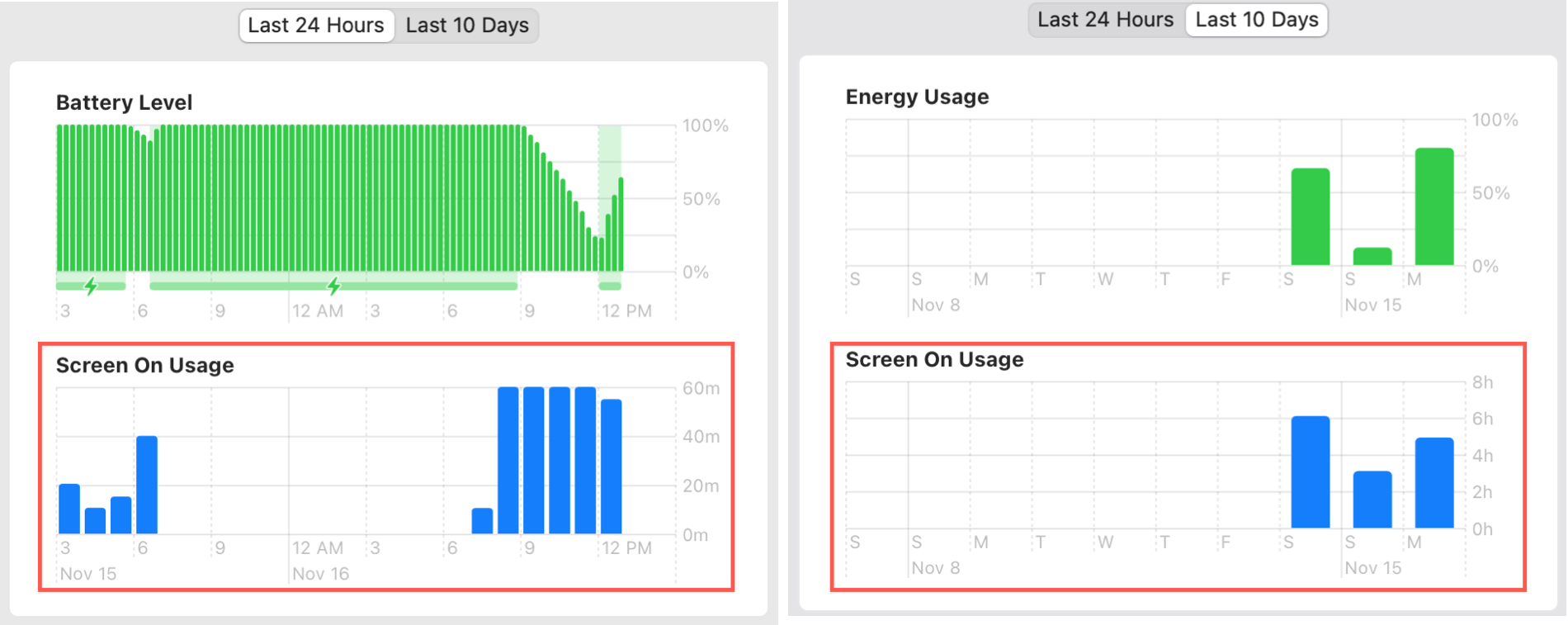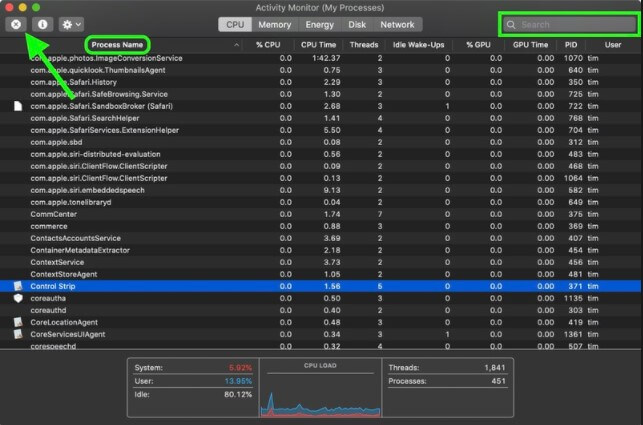
This file stores app preference settings.
#MAC OS PROCESS MONITOR MAC#
Simply restart your Mac and do not press any keys.Ī plist is a “preference” file for apps. Your Mac will run slower, this is normal. When you see the login screen, release the Shift key.Keep holding the Shift key until the login screen appears.Turn on your Mac and immediately press and hold the Shift key.Turn off your Mac (Apple menu > Shut down).

Then restart your Mac normally to exit Safe Mode. Please start your Mac in Safe Mode, then in Safe Mode try to open Activity Monitor. Starting your Mac in Safe Mode may fix your problem. macOS High Sierra or earlier: Open the App Store on your Mac and then click the Updates tab.
#MAC OS PROCESS MONITOR SOFTWARE#
macOS Mojave or later: Go to System Preferences and then Software Update.Make sure that your Mac has the latest version of the macOS software. You can restart your Mac by choosing the Restart option from the Apple menu in the upper-left corner of your screen. Press the Option, Command, and Esc (Escape) keys together (or click the Apple menu and Force Quit).Try force quitting the app and then open again. After each step, test your Mac to see if it fixed the issue. If you are experiencing issues using Activity Monitor, please try the steps below. You can launch Activity Monitor from your Utilities folder of the Applications folder. See also: Activity Monitor Columns Are Missing, Fix This app is useful as it can help you identify the misbehaving apps and processes, and shut them down if necessary. It monitors Mac activity, what your Mac is doing. You can try the tips below if you experience any of the problems below:Īctivity Monitor is a utility app included with macOS. This article explains how you can fix if Activity Monitor is not working properly on your Mac. Use -json to return ndjson output.Facebook Twitter Pinterest LinkedIn Print Email
#MAC OS PROCESS MONITOR CODE#
The updated code also now defaults to columnar output.

My original goal was to use Swift for this, but it dawned on me that the vast majority of the codebase is in C, so I’ve removed the Xcode dependency and simplified the build process. $ archinfoĥ949 arm64 /System/Library/Frameworks/amework/AudioComponentRegistrarĥ923 arm64 /System/Library/CoreServices/LocationMenu.app/Contents/MacOS/LocationMenuĥ901 x86_64 /Library/Application Support/Adobe/Adobe Desktop Common/IPCBox/AdobeIPCBroker.app/Contents/MacOS/AdobeIPCBrokerĥ873 arm64 /Applications/Utilities/Adobe Creative Cloud Experience/CCXProcess/CCXProcess.app/Contents/MacOS/./libs/Adobe_CCXProcess.nodeĥ861 x86_64 /Applications/Tailscale.app/Contents/PlugIns/IPNExtension.appex/Contents/MacOS/IPNExtensionĥ855 x86_64 /Applications/Elgato Control Center.app/Contents/MacOS/Elgato Control Centerĥ852 x86_64 /Applications/Tailscale.app/Contents/MacOS/Tailscaleĥ849 arm64 /System/Library/CoreServices/TextInputSwitcher.app/Contents/MacOS/TextInputSwitcher

It returns columnar output or JSON (via -json) - that will work nicely with jq - of running processes and their respective architectures.īuild from source or grab from the releases via my git () or GH (). Patrick Wardle reverse engineered Activity Monitor - and I slapped that hack together with some code from Sydney San Martin - into a nascent, bare-bones command line utility: archinfo. Apple M1/Apple Silicon/arm64 macOS can run x86_64 programs via Rosetta and most M1 systems currently (~March 2021) very likely run a mix of x86_64 and arm64 processes.Īctivity Monitor can show the architecture:īut command line tools such as ps and top do not due to Apple hiding the details of the proper sysctl() incantations necessary to get this info.


 0 kommentar(er)
0 kommentar(er)
